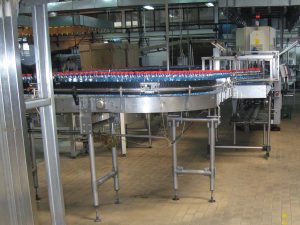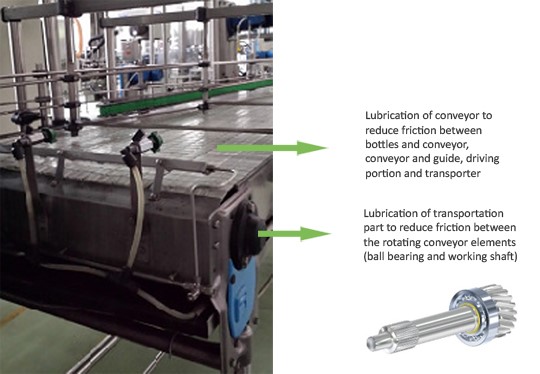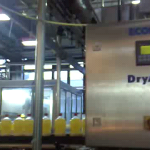GLOBAL CONTEXT
INTRODUCTION
Chemical Leasing can be used as a modern policy instrument for the sustainable management of chemicals. The business model fits into a wide menu of international and national initiatives and obligations and can help policy- and decision-makers bring fresh momen-tum to chemical management and sustainable production.





 Picture 1: Conveyor lubrication
Picture 1: Conveyor lubrication



